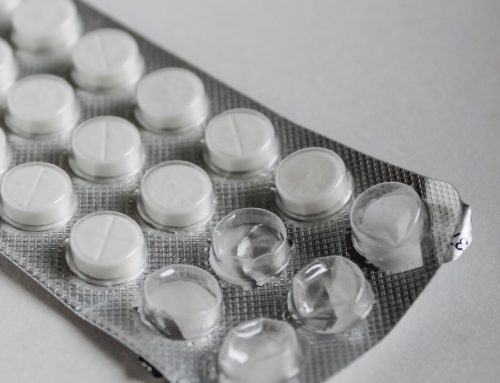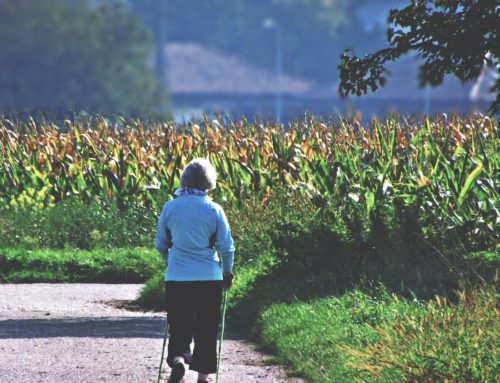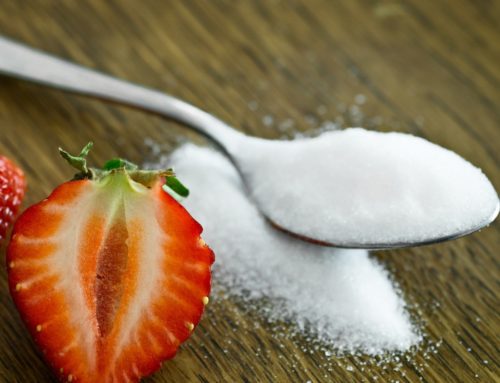What do sugar cravings, brain fog, indigestion and a weak immune system all have in common? Candida. If you have more than one of those symptoms you might benefit from doing a candida cleanse.
A candida cleanse is a holistic method of dealing with an overgrowth of yeast in the body. It factors in diet, supplementation and healing protocols to restore your gut health and balance your intestinal flora.
Let me walk you through from the beginning.
What is Candida?
Candida is a form of yeast that exists naturally in the microbiome of your gut. In a healthy gut, it’s existence is perfectly safe because it’s balanced by the good bacteria (probiotics) and bad bacteria that live there as well. However candida can become unhealthy when an overgrowth occurs. Too much candida can compromise your immunity, impact digestion and affect your energy levels.
Candida overgrowth can be both a cause of imbalance in your gut flora, or a result of it. For example, if you we’re to take antibiotics to fight off a bacterial infection, the medicine would kill both the bad bacteria that’s making you ill, plus the good bacteria in your gut. Because the number of good bacteria in your gut gets reduced, candida has the opportunity to flourish in your intestinal tract.
On the flip side, candida overgrowth can results from lifestyle habits such as eating a high sugar diet. In this case, your lifestyle feeds the yeast contributing to it’s overgrowth creating imbalance in your intestinal microbiome.
Still with me?
Here is a list of some other common causes of candida overgrowth.
Causes of Candida Overgrowth
- High sugar diet
- Antibiotic use
- Oral contraceptives
- High stress lifestyle
- A weak immune system
How Do I Know if I Have Candida?
While there are a few different medical tests that can help determine if a candida overgrowth is present, they’re not that commonly used. One of the easiest ways to determine if candida is an issue is by looking at your symptoms.
Candida Symptoms You Might Experience:
- Indigestion (gas, bloating or diarrhea)
- Skin issues (acne, rashes, eczema or redness and irritation)
- Irritability or mood swings
- Depression or anxiety
- Sugar and carbohydrate cravings
- Vaginal infections or urinary tract infections
- Fungal infections (ie. nail or skin)
- Allergies or food sensitivities
- Weak immunity
How to Follow a 3 Step Candida Cleanse
Treating candida overgrowth takes a holistic approach and a commitment of time. Prescription medications that help to fight fungal infections (like those used in cases of vaginal yeast infections, or urinary tract infections) are only ideal for acute cases of infection. However, longterm they can contribute to more imbalance in the intestinal tract.
The goal for treating candida overgrowth is to reduce the amount of yeast and increase the amount of good bacteria in your gut. This process generally takes a minimum of one month, but often longer, depending on the severity of the infection. To do this I recommend three different steps of a candida cleanse.
- Follow a candida diet
- Supplement with anti-fungals
- Heal the gut
Step 1- How to follow a candida diet
A candida diet is a strict protocol that removes the foods that feed the yeast and allow it to multiply. It’s the longest and most important step of a candida cleanse. It will most likely continue through both steps 2 and 3 as it tapers off.
You’ll want to follow the candida diet for at least three weeks before slowly introducing some of the restricted foods back. That being said, many people follow a candida diet for 2-3 months to get an overgrowth under control. Working with a healthcare practitioner can help you judge how long you need to continue your candida cleanse.
This diet can be quite hard to maintain, particularly for vegetarians and vegans, because it removes the majority of starches (beans, grains, potatoes). If you find it too hard to maintain, it’s better to make small healthy compromises occasionally, instead of giving up entirely. For example, if you’re vegetarian, incorporate some legumes and pulses into your diet, but choose smaller less starchy varieties such as lentils or mung beans. If you’re sugar cravings are too much to handle, use pure stevia powder to sweeten a recipe, or opt for a low sugar fruit such as a small handful of berries once in a while.
After the first few weeks of step one of the candida cleanse, and based on how you’re feeling, you may be okay to slowly reintroduce (but limit) certain foods such as berries, pulses or sweet potato.
Foods to avoid
- sugars (including refined sugars and natural sugars like honey, maple syrup etc)
- fruit
- processed foods
- yeast
- grains and foods high in carbohydrates (ie. bread, pastas, rice)
- starchy vegetables (i.e potatoes)
- dairy products
- alcohol
- peanuts, pistachios and cashews (because of a high mold content)
- mushrooms
Foods to eat
- plenty of non-starchy vegetables
- leafy greens
- healthy fats (such as olive oil, flax seed oil, coconut oil)
- clean animal proteins (organic as much as possible – pesticides can affect your gut flora)
- eggs
- nuts and seeds (except for the ones stated above)
- lemons
- ginger
- garlic (helps fight candida)
- coconut oil (contains caprylic acid to kill candida)
Step 2- Supplements for treating candida
This step of the candida cleanse can be done alongside step 1 (the candida diet). As the foods you’re eating are helping to starve the yeast overgrowth, supplementing with anti-fungals will help to destroy the yeast. As the yeast die, they release toxins into your intestinal tract. It’s common to experience some die-off symptoms for the first week or two of your cleanse. You might experience brain fog, headaches, upset stomach and irritability for example. As this is happening it’s important that you do the best you can to support your body’s natural detoxification systems. Drink plenty of water, consider taking a fiber supplement, do some gentle exercise and rest. Infrared sauna can also be great if that option is available to you.
There are a variety of natural anti-fungals that can help to kill candida. Some good options include:
- Oregano oil
- Caprylic acid (from coconut oil)1
- Garlic
- Cloves
- Pau D’arco
You can choose one or two to supplement with, and rotate every 3 weeks to a month.
Step 3 – How to heal your gut
A candida overgrowth can affect the integrity of your gut in a couple of ways. Firstly, it impacts your digestive health, which can affect the nutrients your body absorbs. Secondly, longstanding candida overgrowths can imbed themselves into the intestinal lining. The yeast grow root-like structures that perforate the intestinal tract contributing to a leaky gut.
Healing the gut should for the most part, take place after you’ve finished step 1 and 2. Though you can certainly integrate them towards the end. One part you might want to start earlier on is the use of probiotics. Supplementing with probiotics helps to colonize the gut with good bacteria that can keep the candida in check and prevent an overgrowth. Because some anti-fungal supplements can affect your good bacteria as well, I don’t recommend taking probiotics alongside those supplements. However if you do want to take them alongside the candida diet, that’s perfectly okay.
The goal of step 3 is to heal the intestinal lining, and reinoculate the gut with good bacteria (probiotics). To do this you want to:
- Eat an anti-inflammatory diet to reduce inflammation in the gut
- Increase your fiber intake to maintain regular bowel movements and promote detoxification
- Supplement with probiotics to help colonize the gut with good bacteria (look for at least 15 billion CFU)
- Include gut healing foods and herbs in your diet, such as aloe vera to heal the intestinal lining.
Chew on this
Following a candida cleanse can take a lot of patience, and a lot of time. It’s important to take time to rest throughout your cleanse. Reduce the amount of stress you have in your life and focus on healing your gut and restoring balance.
Have you ever done a candida cleanse before? Share your experience with us in the comments below.





Thanks for talking about what candida is and what foods you should eat if you have it. I am trying to prevent it in my family, so we will be sure to start eating the foods you included on that list. I also want to talk with a candida specialist so I can make sure I know everything I need to know to keep it out. I’m sure they could give personalized advice for my family, so I think it’s a good thing to try.
Thanks for this information. I am 63 and now realize I have Candida overgrowth which has been with me a long time.